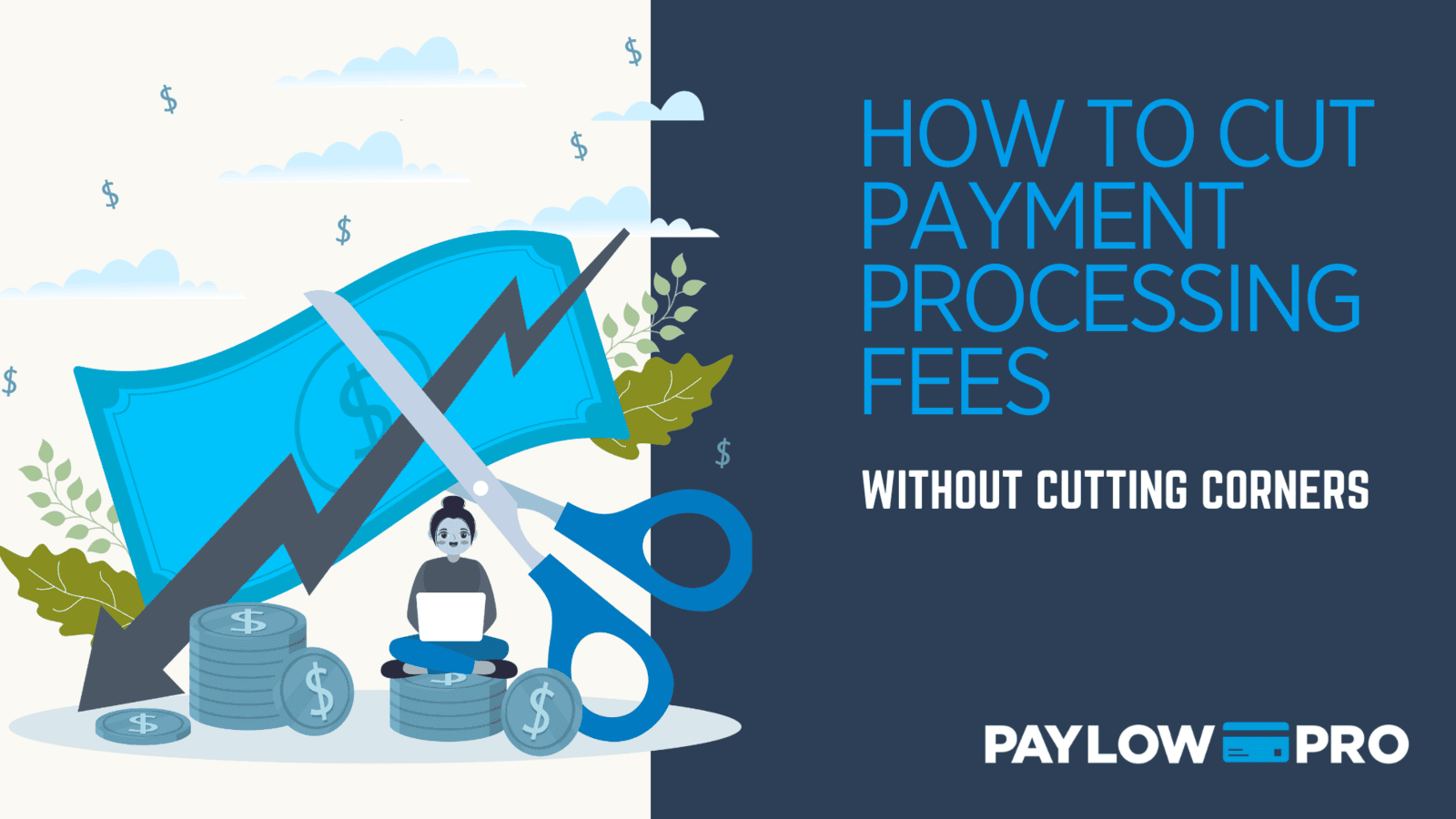
Every business owner knows the sting of payment processing fees. Whether you're running a coffee shop, auto repair shop, or retail store, those small percentages can add up to big losses — especially when margins are already tight.
The good news? You can reduce or eliminate your processing costs without sacrificing service, customer experience, or compliance. Here’s how to cut payment processing fees the smart way — no shady tricks, no cutting corners.
1. Use Dual Pricing to Offset Credit Card Fees
One of the most effective — and legal — ways to cut payment costs is through dual pricing. This pricing model allows you to offer two prices:
One for cash
One for card
The card-paying customer covers the processing cost, and you keep 100% of your listed price. It’s simple, transparent, and compliant when done correctly.
Unlike surcharging (which is restricted in some states) or cash discounting (which can get murky), dual pricing is a clear and direct way to pass fees on fairly.
✅ PRO TIP: Look for providers like PayLow Pro that include dual pricing compliance tools and signage to help you stay on the right side of state and card brand rules.
2. Audit Your Merchant Statement (You Might Be Overpaying)
Many business owners have no idea what they’re actually paying — and that’s by design. Traditional processors often bury fees in complex statements.
Look out for:
Non-qualified surcharges
Monthly minimums
Batch fees, statement fees, “regulatory” fees
If your provider can’t clearly explain every line item on your statement, it’s time to shop around.
3. Don’t Overpay for Fancy Hardware You Don’t Need
Some companies lure you in with free terminals or flashy POS systems — but lock you into long-term contracts with higher rates to cover the cost.
Ask yourself:
Do I need a full POS, or will a smart mobile terminal work?
Am I being charged monthly for equipment I barely use?
Can I bring my own hardware and save?
With providers like PayLo Pro, you get the flexibility to choose equipment that fits your business — not someone else’s agenda.
4. Use the Right Pricing Model for Your Volume
Some businesses are better suited to flat-rate pricing (like Square’s 2.6% + 10¢), while others save more with interchange-plus or dual pricing.
If your average ticket is high or your volume is growing, flat-rate pricing can end up costing you more over time. Evaluate:
Monthly volume
Average ticket size
Card types your customers use most
The right processor will help you match your business to the most cost-effective model — not just the one that benefits them.
5. Partner With a Processor Who Works For You
Finally, don’t underestimate the value of real support. When you’re paying hundreds or thousands per year in fees, you deserve a partner who’s invested in your success.
Look for a processor that:
Offers transparent, predictable pricing
Supports dual pricing or fee-offset programs
Gives you direct access to live support
Helps you grow, not just process payments
Final Thoughts
Cutting corners on payment processing can lead to compliance headaches, customer frustration, or even lost sales. But cutting unnecessary costs? That’s just smart business.
With options like dual pricing, smart equipment choices, and transparent partners like PayLow Pro, you can reduce your fees — and reinvest those savings back into your business.
Want to see how much you could save? Contact us today for a free statement analysis and dual pricing consultation.





